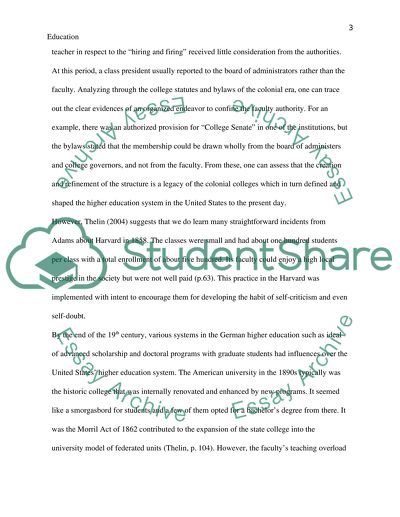Cite this document
(“Changing the Nature of Higher Education Research Paper”, n.d.)
Changing the Nature of Higher Education Research Paper. Retrieved from https://studentshare.org/education/1431216-changing-the-nature-of-higher-education
Changing the Nature of Higher Education Research Paper. Retrieved from https://studentshare.org/education/1431216-changing-the-nature-of-higher-education
(Changing the Nature of Higher Education Research Paper)
Changing the Nature of Higher Education Research Paper. https://studentshare.org/education/1431216-changing-the-nature-of-higher-education.
Changing the Nature of Higher Education Research Paper. https://studentshare.org/education/1431216-changing-the-nature-of-higher-education.
“Changing the Nature of Higher Education Research Paper”, n.d. https://studentshare.org/education/1431216-changing-the-nature-of-higher-education.


